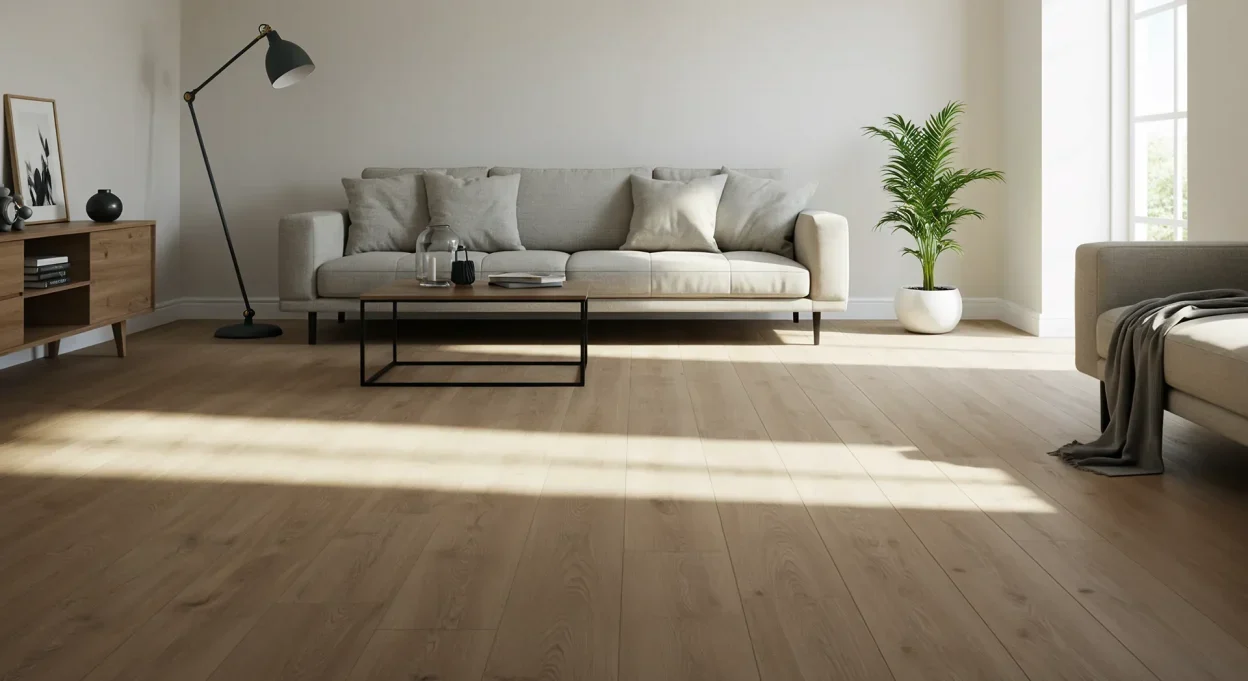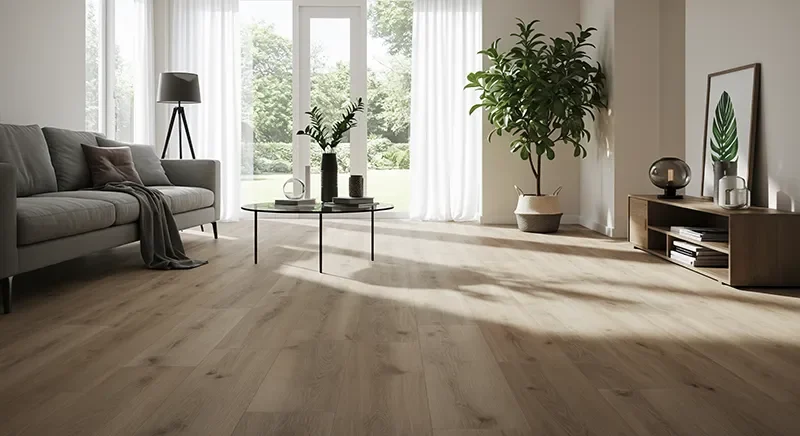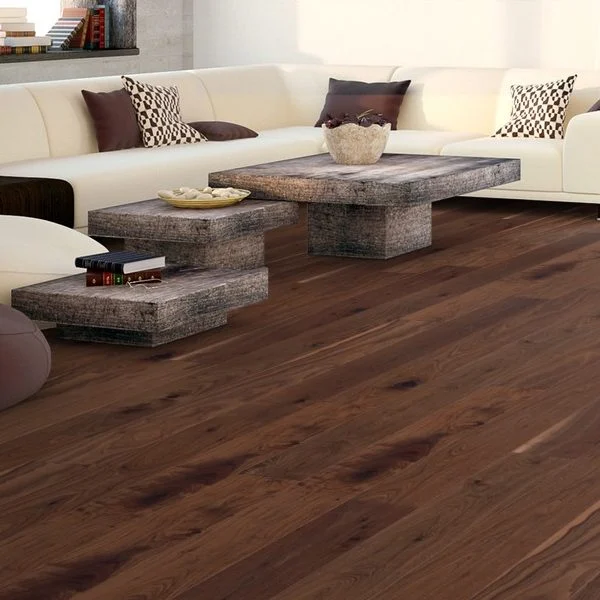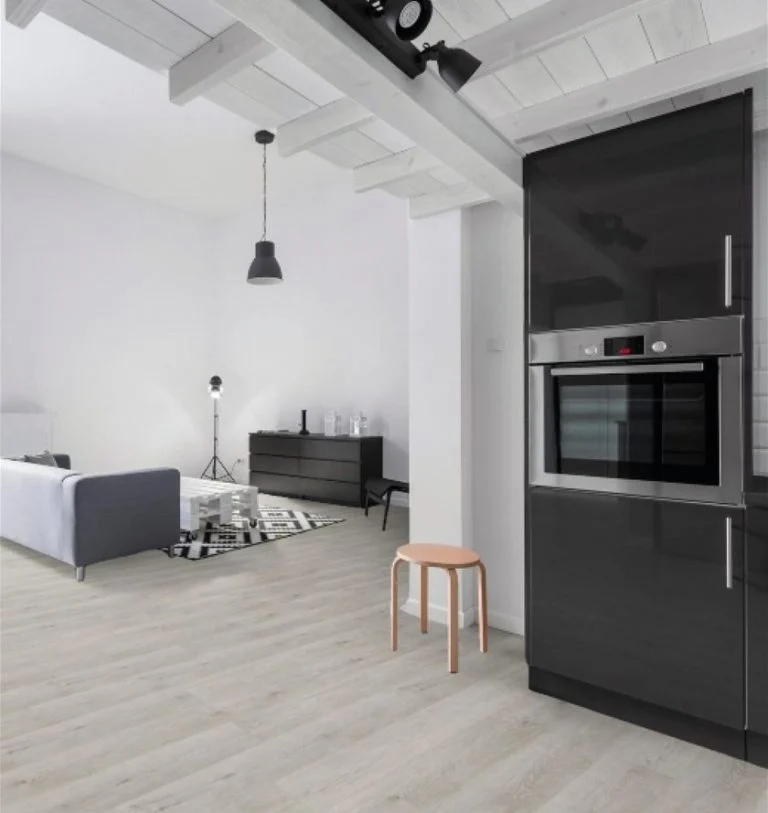In the dynamic world of UK interior design and home renovation, “LVT” is a term you’ll encounter frequently. It’s lauded for its style, durability, and practicality, especially in demanding areas like kitchens and bathrooms. But what is the meaning of LVT flooring exactly? What do all the associated acronyms like SPC, WPC, or terms like “wear layer” and “click system” actually signify for you, the homeowner? Understanding this modern flooring marvel is key to making an informed choice for your home in 2025.
This comprehensive UK guide is designed to demystify LVT flooring. We’ll break down what “Luxury Vinyl Tile” truly means, dissect its innovative multi-layered construction, explain common jargon, highlight its significant benefits for contemporary living, and compare it to other popular flooring types. Get ready to understand the real meaning behind LVT flooring and why it might be the perfect solution for your space.
Jump to Section:
- Defining LVT: What Does “Luxury Vinyl Tile Flooring” Really Mean?
- Beyond the Acronym: The Multi-Layered Magic of LVT Construction
- LVT Jargon Buster: Key Flooring Terms Explained for UK Homeowners
- The LVT Advantage: What its Features Mean for Your UK Home
- LVT vs. The World: How it Compares to Laminate, Sheet Vinyl & Wood
- Choosing Wisely: What “Quality” and “Value” Mean in LVT Flooring
- The Real Meaning of LVT: A Smart, Stylish Future for Your Floors
Defining LVT: What Does “Luxury Vinyl Tile Flooring” Really Mean?
LVT stands for Luxury Vinyl Tile. The “Luxury” aspect immediately distinguishes it from traditional, often thinner and less robust, sheet vinyl that might have been common in UK homes decades ago. LVT is a highly engineered, premium flooring product designed to offer the aesthetic appeal of natural materials like wood, stone, or ceramic tile, but with the enhanced performance characteristics of advanced vinyl technology.
While “Tile” is in the name, LVT is available in various formats:
- LVT (Luxury Vinyl Tile): Typically comes in square or rectangular shapes, often mimicking stone, ceramic, or abstract patterns.
- LVP (Luxury Vinyl Plank): LVT in a long, narrower plank format, primarily designed to replicate the look of real wood flooring.
Throughout this guide, “LVT flooring” will generally refer to both tile and plank formats of luxury vinyl, as their core construction and benefits are largely the same. The key meaning of LVT flooring is a durable, stylish, and often waterproof alternative to natural materials or older types of vinyl.
Beyond the Acronym: The Multi-Layered Magic of LVT Construction
The impressive performance and realistic appearance of LVT stem from its sophisticated multi-layered construction. Understanding these layers helps clarify the meaning of LVT flooring’s benefits:
The All-Important Wear Layer: Your Shield Against Scratches
This is the transparent top coating, crucial for LVT’s durability.
- Meaning: Its primary function is to protect the decorative print layer from scratches, scuffs, stains, and daily wear and tear.
- Composition: Typically made from polyurethane (PU), often enhanced with additives like ceramic beads or aluminium oxide for extra toughness.
- Thickness: Measured in millimetres (mm), common thicknesses are 0.3mm (good for moderate domestic use), 0.55mm (heavy domestic/light commercial – a popular choice for busy UK households), and 0.7mm or more (for commercial applications). A thicker wear layer generally means a longer lifespan and better resistance to damage.
The Decor Layer: Where Style Comes to Life
Situated directly beneath the wear layer, this is what gives LVT its look.
- Meaning: It’s a high-definition photographic print layer that realistically reproduces the appearance of natural wood, stone, ceramic patterns, or abstract designs.
- Realism: Advanced printing technology allows for incredibly detailed and authentic visuals, a key part of the “Luxury” in LVT.
The Core Story: Understanding PVC, SPC, and WPC in LVT
The core layer provides LVT’s structural integrity, stability, and often its waterproof properties. This is where much of the innovation lies.
- Meaning: This is the main body of the tile or plank.
- Traditional PVC Core: Older or some flexible glue-down LVT products use a solid PVC core. It’s waterproof but can be more susceptible to showing subfloor imperfections.
- Rigid Core Technology: The modern standard for many LVT products, especially click systems. This term encompasses advanced cores like:
– SPC (Stone Plastic Composite or Stone Polymer Composite):
Meaning: A very dense and rigid core made by combining natural limestone powder, polyvinyl chloride (PVC), and stabilisers.
Benefits: Offers exceptional dimensional stability (minimal expansion/contraction with temperature changes), 100% waterproof, and highly resistant to dents and impacts. It’s a very robust choice popular in the UK market from brands like Pro Tek Flooring, Karndean, Quick-Step, and Amtico.
– WPC (Wood Plastic Composite or Wood Polymer Composite):
Meaning: A core typically made from recycled wood pulp/flour, PVC, and foaming agents.
Benefits: Generally thicker and less dense than SPC, making it feel slightly softer, warmer, and quieter underfoot. Also typically 100% waterproof.
The Foundation: Backing Layers & Attached Underlays
The bottom layer provides balance and support.
- Meaning: Ensures the plank or tile remains flat and stable.
- Attached Underlay: Many modern rigid core LVT products (especially SPC and WPC click systems) come with a pre-attached underlay, often made from IXPE foam or cork. This simplifies installation, adds comfort, and provides sound dampening.
LVT Jargon Buster: Key Flooring Terms Explained for UK Homeowners
Navigating flooring showrooms or websites in the UK can involve encountering various terms. Here’s what they mean in the context of LVT:
- LVP (Luxury Vinyl Plank): Simply LVT in a plank format, almost always designed to mimic wood flooring.
- Click System / Click-Lock LVT: An installation method where planks/tiles have interlocking edges that click together, creating a “floating floor” that isn’t glued to the subfloor. Very DIY-friendly.
- Glue-Down LVT: An installation method where planks/tiles are fully adhered to the subfloor using a specialist vinyl adhesive. Often preferred by professionals for maximum stability, especially in large areas or for intricate patterns.
- Floating Floor: An installation method where the flooring is not fixed to the subfloor but rests on top, usually over an underlay (or with an integrated one). This allows for natural movement. Click LVT is a floating floor.
- Rigid Core: Refers to LVT with a dense, stable core, typically SPC or WPC. This technology makes the LVT more robust, dent-resistant, and often more forgiving of minor subfloor imperfections than flexible LVT.
- Embossed In Register (EIR): A manufacturing technique where the surface texture of the LVT is precisely aligned with the printed visual pattern (e.g., the texture follows the wood grain). This significantly enhances realism.
- Bevelled Edge / V-Groove:The edges of the planks or tiles are slightly angled, creating a subtle V-shaped groove when they are joined. This defines each individual piece, adding to the authentic look of real wood planks or stone/ceramic tiles.
- Waterproof LVT: This means the LVT product itself (especially its core and surface) is impervious to water. SPC and WPC core LVTs are typically 100% waterproof, making them ideal for bathrooms and kitchens. (Note: Installation methods, especially perimeter sealing, are still crucial for overall water tightness of the floor system in wet areas).
- UFH Compatibility: Indicates the LVT is suitable for installation over Underfloor Heating systems, a popular feature in many UK homes. Most LVT is compatible, but always check manufacturer specifications.
- Wear Layer Thickness: As explained above, this dictates the floor’s resistance to scratches and wear (e.g., 0.3mm, 0.55mm). It’s a key indicator of LVT quality and suitability for different traffic levels – there’s no “AC Rating” for LVT as there is for laminate.
The LVT Advantage: What its Features Mean for Your UK Home
Understanding the layers and jargon helps appreciate the real-world meaning of LVT flooring benefits:
- True Waterproof Performance: For UK kitchens, bathrooms, utility rooms, and entrance halls constantly exposed to spills, splashes, and dampness, the waterproof nature of SPC/WPC LVT means peace of mind. It won’t swell, warp, or degrade like wood or laminate when wet. This makes it highly suitable for homes in any part of the UK, including coastal properties where humidity can be a factor.
- Everyday Durability: The tough wear layer and resilient core mean LVT can handle the demands of busy family life, pets, and high foot traffic with grace, resisting scratches and dents better than many alternatives.
- Unmatched Design Freedom: The high-definition print layer allows for an almost limitless range of styles – from classic British oak effects and rustic stone looks to contemporary concrete or bold geometric patterns. Popular brands like Pro Tek Flooring, Karndean, Amtico, and Quick-Step offer extensive design palettes.
- Comfort and Warmth: LVT is noticeably warmer and softer underfoot than ceramic or stone tiles, making bathrooms and kitchens more comfortable.
- Low Maintenance Lifestyle: “Easy to clean” truly means that. Regular sweeping and damp mopping with a pH-neutral cleaner is all it takes.
LVT vs. The World: How it Compares to Laminate, Sheet Vinyl & Wood
- LVT vs. Laminate: The primary meaning of LVT flooring’s superiority here is its waterproof core. Laminate’s HDF core is highly susceptible to moisture. LVT is generally more robust against impacts too.
- LVT vs. Sheet Vinyl: LVT offers individual tiles/planks for greater design authenticity (e.g., bevelled edges, grout-effect strips), generally thicker construction, and more durable wear layers than typical domestic sheet vinyl.
- LVT vs. Engineered/Solid Wood: LVT is a highly realistic replica but not natural wood. Wood offers unique organic beauty and can be refinished. However, LVT excels in waterproofness, scratch/dent resistance, and often maintenance ease.
Choosing Wisely: What “Quality” and “Value” Mean in LVT Flooring
When selecting LVT, “quality” and “value” aren’t just about the price tag. Key indicators for the UK market include:
- Wear Layer Thickness: Prioritise 0.55mm for high-traffic domestic areas.
- Core Type: SPC/WPC rigid cores generally offer the best performance and stability.
- Warranty: Look for substantial residential warranties (e.g., 15-25 years or lifetime from reputable brands).
- Brand Reputation: Established brands often invest more in R&D, design realism, and quality control.
- Print Quality & Embossing: High-quality prints and EIR significantly enhance realism.
Good quality LVT, while potentially having a higher upfront cost than budget options, often provides better long-term value due to its durability, low maintenance, and lasting appearance.
The Real Meaning of LVT: A Smart, Stylish Future for Your Floors
So, what is the meaning of LVT flooring for today’s UK homeowner? It represents an advanced, highly versatile, and exceptionally practical flooring solution that doesn’t compromise on style. It successfully bridges the gap between the beauty of natural materials and the performance demands of modern life. With its waterproof characteristics, robust durability, vast design potential, and suitability for underfloor heating, LVT is an intelligent choice that brings lasting quality, comfort, and aesthetic appeal to homes throughout the UK in 2025. It’s more than just vinyl; it’s a sophisticated surface engineered for living.

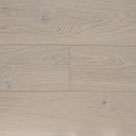 Light
Light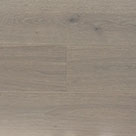 Grey
Grey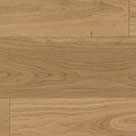 Natural
Natural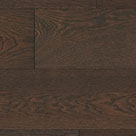 Dark
Dark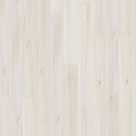 White
White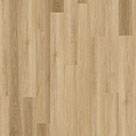 Light
Light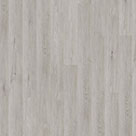 Grey
Grey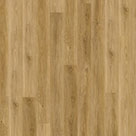 Natural
Natural Dark
Dark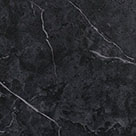 Black
Black